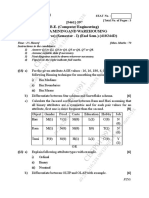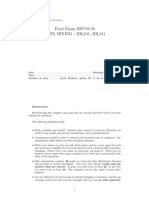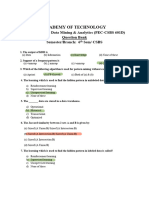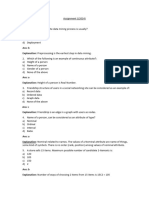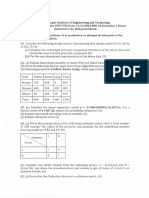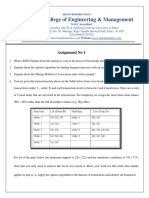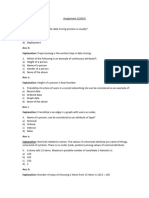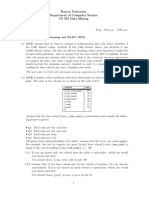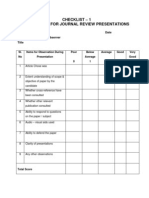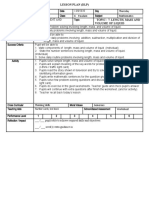0% found this document useful (0 votes)
187 views2 pagesData Mining Exam Questions
1. The document is a final assessment exam for an elective course on data mining. It contains 10 questions assessing various data mining concepts and algorithms.
2. The questions cover topics like distance measures, similarity measures, classification tasks, decision trees, naive Bayes, k-nearest neighbors, rule-based classifiers, association rule mining, and frequent pattern growth.
3. Students are instructed to show their work, answer all questions, and cite their student identification number with their responses.
Uploaded by
सुजन कार्कीCopyright
© © All Rights Reserved
We take content rights seriously. If you suspect this is your content, claim it here.
Available Formats
Download as PDF, TXT or read online on Scribd
0% found this document useful (0 votes)
187 views2 pagesData Mining Exam Questions
1. The document is a final assessment exam for an elective course on data mining. It contains 10 questions assessing various data mining concepts and algorithms.
2. The questions cover topics like distance measures, similarity measures, classification tasks, decision trees, naive Bayes, k-nearest neighbors, rule-based classifiers, association rule mining, and frequent pattern growth.
3. Students are instructed to show their work, answer all questions, and cite their student identification number with their responses.
Uploaded by
सुजन कार्कीCopyright
© © All Rights Reserved
We take content rights seriously. If you suspect this is your content, claim it here.
Available Formats
Download as PDF, TXT or read online on Scribd
/ 2

